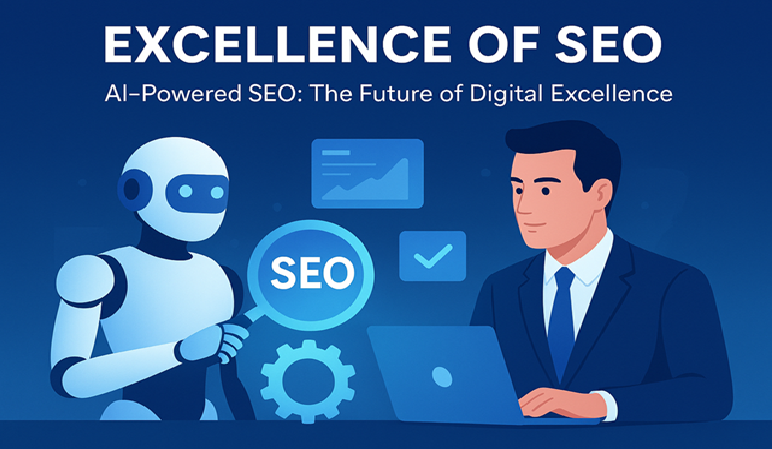
In today’s fast-paced digital landscape, brands are constantly competing for attention. With shrinking attention spans and information overload, a single marketing approach is no longer enough. This brings us to a powerful debate: PR vs. advertising, which one should your brand choose?
Here’s the truth: it’s not about choosing one over the other. The real magic lies in combining both through an integrated marketing approach.
Here’s the truth: it’s not about choosing one over the other. The real magic lies in combining both through an integrated marketing approach.

Understanding the Difference: PR vs Advertising
Public Relations (PR): PR focuses on building trust and credibility through earned media. It’s about creating authentic relationships with the audience via press releases, media coverage, thought leadership articles, influencer collaborations, and crisis communication. A strong public relations strategy shapes how people perceive your brand.
Advertising: Advertising is paid media. You control the message, timing, and placement, whether it’s a Google ad, social media campaign, or sponsored content. Advertising ensures visibility and reach, but it lacks the organic trust that PR builds. So when it comes to PR vs advertising, think of them not as competitors, but as partners that serve different (but complementary) goals.
Why Your Brand Needs PR
Builds Credibility: Media mentions and expert quotes make your brand appear trustworthy and reputable.
Drives Organic Attention: PR creates a buzz that feels more natural and authentic than ads.
Supports Crisis Management: PR can be a powerful tool to protect and restore your brand’s reputation during difficult times.
Establishes Thought Leadership: Through interviews, bylined articles, and speaking opportunities, your brand becomes a voice of authority in your industry.
Why Advertising Still Matters
While PR builds trust, advertising builds awareness fast. Here’s why it still matters:
Precision Targeting: Digital advertising allows you to target specific audiences with tailored messages.
Instant Visibility: Unlike PR, advertising can generate quick results and immediate traffic.
Control Over Message: You control what is said, how it’s presented, and when it’s seen.
Supports Campaign Objectives: Whether it’s launching a product or running a seasonal campaign, advertising helps drive specific goals.
The Power of Integrated Marketing

This is the essence of integrated marketing: aligning all communication channels to deliver a consistent, compelling brand message. Here’s how combining PR and advertising benefits your brand:
Boosted Brand Visibility: PR builds buzz while advertising amplifies it.
Stronger Campaign Performance: Advertising drives traffic to your PR content; PR gives ads more context and depth.
Unified Messaging: A consistent narrative across earned and paid media builds trust and recognition.
Cost Efficiency: Using insights from both can help optimize budgets and improve ROI.
Final Thoughts: Why Settle for One When You Can Have Both?
The PR vs advertising debate is outdated. In reality, the most successful brands today use both strategically to stay relevant, build trust, and engage meaningfully with their audience.
Whether you’re a startup looking to make headlines or an established brand aiming to scale, a well-balanced approach to public relations strategy and advertising can elevate your brand like never before.
At Prose Integrated, we specialize in building custom integrated marketing plans that merge the power of PR with the precision of advertising. Ready to take your brand visibility to the next level?
Let’s talk.



